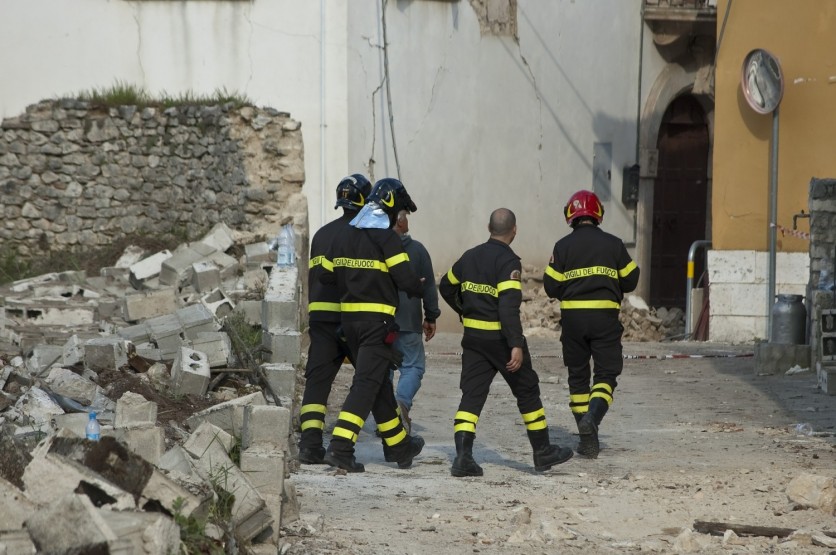Earthquakes are a natural phenomenon that can strike with little to no warning, posing a significant risk to lives and infrastructure.
Every US state, including all 50 states and five US territories, is susceptible to earthquakes to varying degrees. In this comprehensive guide, we will explore essential tips provided by Ready.gov on how to survive an earthquake, focusing on what to do before, during, and after the seismic event.
By following these guidelines, you can increase your preparedness and enhance your safety in the face of this powerful natural disaster.

Prepare Before the Quake
Earthquakes can strike unexpectedly, so it's crucial to be prepared. Ready.gov suggests the following steps:
- Build an emergency kit: Assemble essential items like food, water, medication, and important documents in a kit that can be easily grabbed if you need to evacuate quickly.
- Create a family communications plan: Establish a plan with your family members to ensure everyone knows how to contact each other during an earthquake or its aftermath.
- Identify safe spots: Know the safe places in every room, such as under a sturdy table or against an inside wall. These areas can provide better protection during the shaking.
- Secure household items: Take preventive measures to secure heavy furniture, appliances, and other items that could topple during an earthquake.
- Conduct earthquake drills: Practice drop, cover, and hold-on drills with your family to reinforce the appropriate response during an earthquake.
Stay Safe During the Quake
If you find yourself indoors when an earthquake hits, remember these guidelines:
- Drop to the ground: Quickly drop to the ground to reduce the risk of falling or being knocked over by the shaking.
- Take cover: Seek shelter under a sturdy table or heavy furniture. If that's unavailable, cover your face and head with your arms and crouch near an inside wall. Avoid touching your face to prevent inhalation of dust or debris.
- Hold on: Hold on to your sheltering spot until the shaking stops. This will provide additional protection against falling objects and potential collapse.
- Stay away from hazards: Keep a safe distance from windows, glass, lighting fixtures, and furniture that could topple or cause injury.
- Stay inside and avoid elevators: It's safer to remain indoors until the shaking subsides. Avoid using elevators as they may get stuck or malfunction during an earthquake.
If you become trapped under debris:
- Cover your mouth: Use your shirt or a mask to cover your mouth to avoid inhaling dust or debris.
- Tap to signal: Tap on a pipe or wall to alert rescuers of your location.
If you happen to be outside during an earthquake:
- Stay outdoors: Move away from buildings, streetlights, and utility wires. Open spaces are safer than being near structures that could collapse.
After the Quake
After the shaking stops, take the following precautions:
- Avoid damaged buildings: Do not enter a damaged structure as it may still pose risks of collapse or further damage.
- Open cabinets carefully: Objects may have shifted during the earthquake, so open cabinets cautiously to prevent items from falling on you.
- Dress appropriately: Wear long pants, long sleeves, and sturdy shoes to protect your skin from potential cuts or scratches caused by broken objects.
- Text instead of calling: To prevent overloading phone lines needed by emergency workers, send text messages instead of making calls unless it's a life-threatening situation. Texting may still work even if cellular service is temporarily disrupted.
- Take care of your well-being: Everyone reacts differently to stressful situations. Make sure to prioritize your physical and emotional well-being. If you're feeling upset or overwhelmed, talk to trusted adults or family members for support.
Related Article : Magnitude 3.8 Earthquake Rocks Melbourne, Breaking 120-Year Record

ⓒ 2025 TECHTIMES.com All rights reserved. Do not reproduce without permission.




